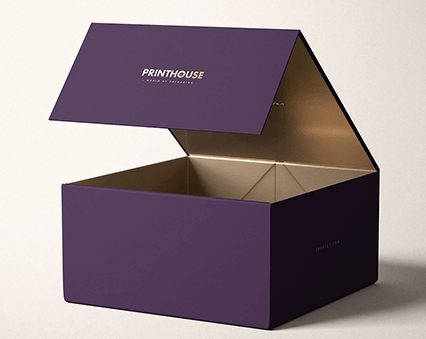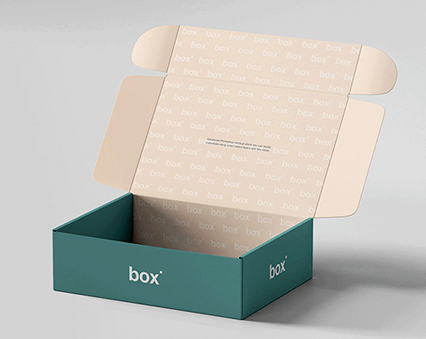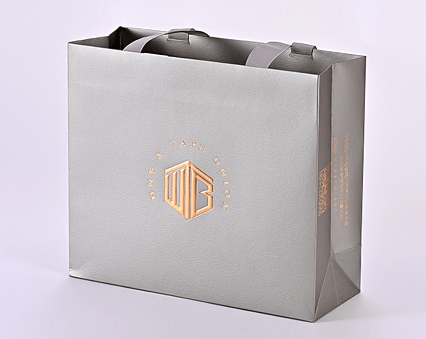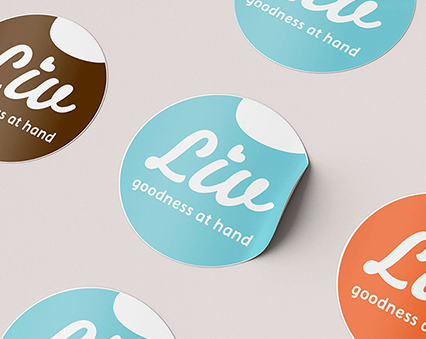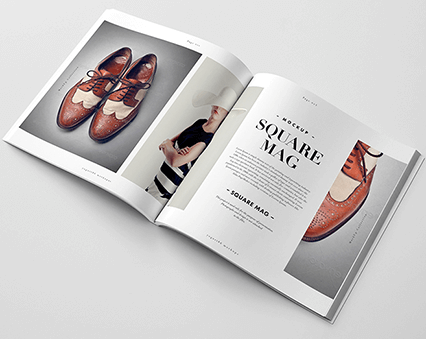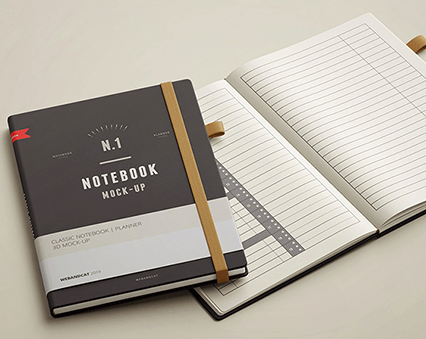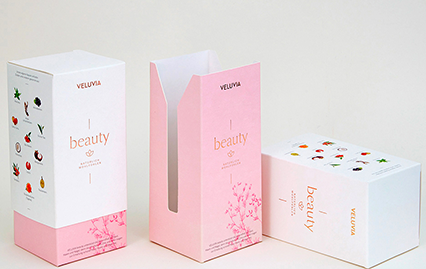Product packaging boxes are a crucial aspect of product management and marketing in many industries.
Whether a product packaging box is well-designed directly affects sales, profits, and even brand growth.
To help enterprises create high-value packaging, we divide the process into four key strategies and steps.
I. Positioning of Product Packaging Boxes
To enhance the marketing and premium pricing capability of packaging, enterprises should first consider its functional positioning (i.e., usage and purpose). Next, consider the product’s industry and attributes. Finally, analyze sales channels (e.g., offline supermarkets, online platforms, gift markets),target consumers
(gender, age, purchasing power),and market pricing. This comprehensive analysis helps determine the production budget, enabling cost-effective yet high-value packaging.
II. Packaging Box Design Plan
Most people assume packaging design refers only to graphic elements. However, a complete solution comprises three components:
- Packaging Content: Brand logo, product name, model, slogan, images, selling points, specifications, ingredients, manufacturer, contact information, etc.
- Structural Design: Common types include top-bottom boxes, double-slot boxes, lock-bottom boxes, etc.
- Visual Design: Style, color scheme, composition, typography, etc.
Enterprises can adopt JYLUX’s "result-oriented packaging design approach" by referencing market-aligned solutions to save time and trial costs.
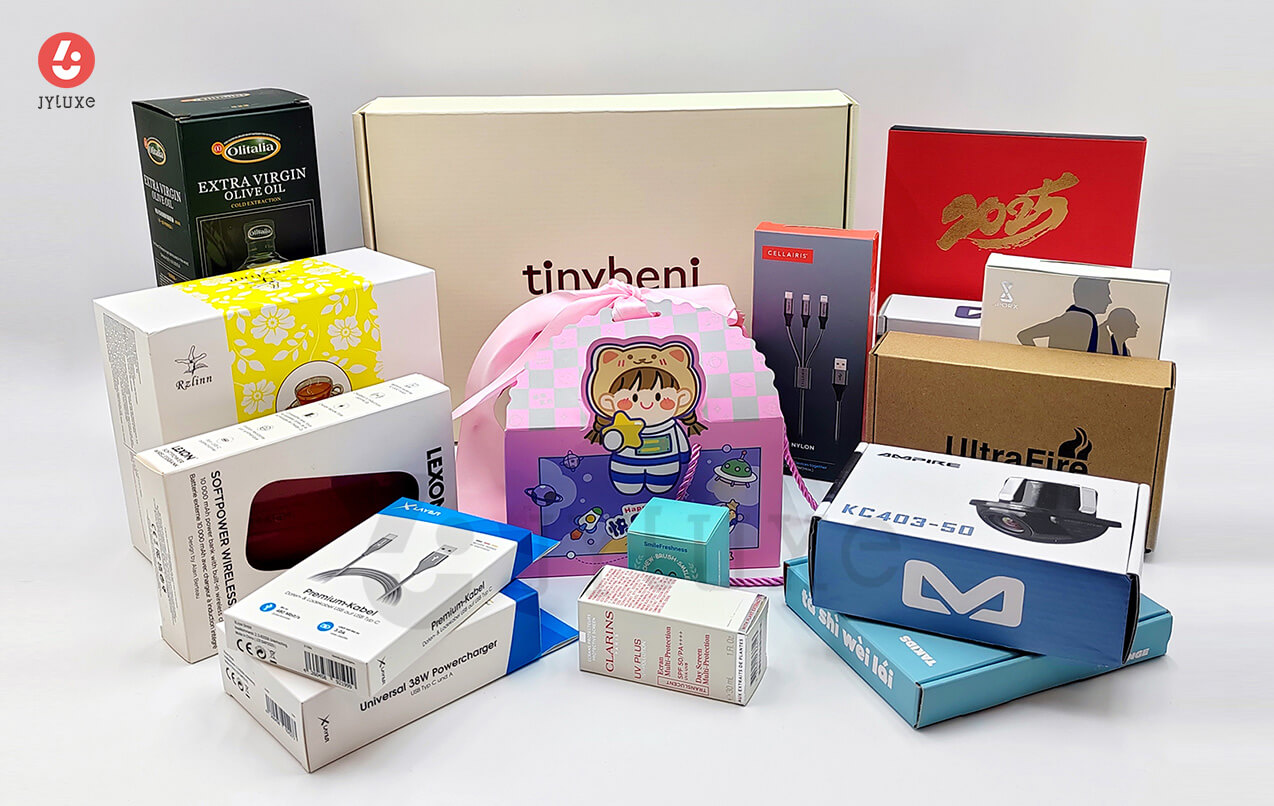
III. Material and Process Planning
Packaging materials fall into two categories:
- Paper: Art paper, white cardstock, gray cardstock, corrugated paper, etc., alongside various specialty papers.
- Inner Supports: Foam, paper pulp, EVA, sponge, pearl cotton, blister trays, etc.
Processes include hot stamping (gold/silver),varnishing, glazing, laminating, etc. Enterprises should select materials and processes based on product characteristics and market needs, balancing cost efficiency with value enhancement.
IV. Printing and Production
Cost Considerations:
Production costs depend on structure, paper, processes, dimensions, and order quantity. Small-batch orders may incur significantly higher unit prices (e.g., multiples of bulk rates). While some factories enforce minimum order quantities (MOQs),JYLUXE offers flexibility—but low quantities often lead to less favorable pricing.
Quality Control:
Prioritize quality over cost-cutting. Team expertise and quality standards impact final outcomes. While luxury-level perfection isn’t always necessary, packaging must be refined enough to maintain premium value without inflating costs.

